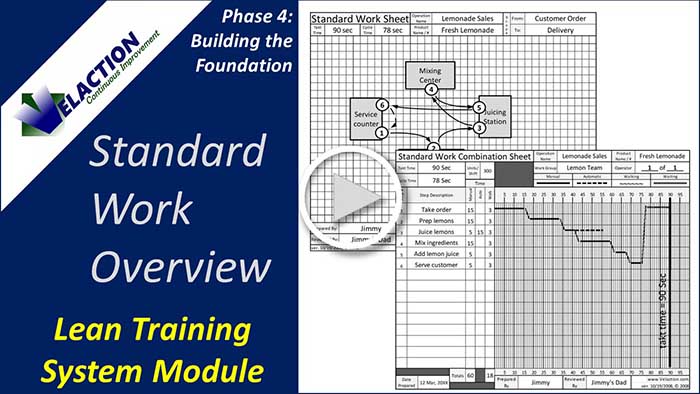Standard Work Procedures: Hand-Written or Computer Generated?
Should Standard Work Documents Be Hand-Written or Computer Generated?
There are two conflicting schools of thought on establishing your standard work procedures.
Those in favor of computer-generated standard work documents such as Standard Work Sheets and Standard Work Combination Sheets point to the ease with which the information can be updated, and the ability to rapidly transmit the form to the other side of the world.(Click on the links above to download blank standard work forms and learn how to use them.)
The hand-writing camp believes that many operators on the shop floor–the people at the heart of any gemba–tend to be reluctant to pencil in changes to a standard work document if it is too ‘pretty’. Plus, computers and expertise in the software to make the forms can be scarce on assembly lines and in weld shops.
Of course, you certainly don’t want a free-for-all in your standard work procedures for updating the documents, but you also don’t want a static system where changes only happen once a year in a kaizen.
So, which of these standard work procedures should you use? In truth, it doesn’t matter, as long as you have a process in place for operators to suggest changes. Your operators should know the process, leaders must coach their teams to actually use the process, and there must be results–the suggestions must make it to the Standard Work Sheet (or at least generate feedback that makes future suggestions better and more likely).
TIP: Mark up at least a few Standard Work Sheets in your work area with a red pen so the teams will see that changes do actually happen.




0 Comments